Authors
A Valverde, J Dunys, T Lorivel et al
Lab
Institut de Pharmacologie Moléculaire et Cellulaire, Université Côte d’Azur, 660 route des Lucioles, Sophia-Antipolis, 06560, Valbonne, France
Journal
Acta Neuropathologica
Abstract
One of the main components of senile plaques in Alzheimer’s disease (AD)-affected brain is the Abeta peptide species harboring a pyroglutamate at position three pE3-Abeta. Several studies indicated that pE3-Abeta is toxic, prone to aggregation and serves as a seed of Abeta aggregation. The cyclisation of the glutamate residue is produced by glutaminyl cyclase, the pharmacological and genetic reductions of which significantly alleviate AD-related anatomical lesions and cognitive defects in mice models. The cyclisation of the glutamate in position 3 requires prior removal of the Abeta N-terminal aspartyl residue to allow subsequent biotransformation. The enzyme responsible for this rate-limiting catalytic step and its relevance as a putative trigger of AD pathology remained yet to be established. Here, we identify aminopeptidase A as the main exopeptidase involved in the N-terminal truncation of Abeta and document its key contribution to AD-related anatomical and behavioral defects. First, we show by mass spectrometry that human recombinant aminopeptidase A (APA) truncates synthetic Abeta1-40 to yield Abeta2-40. We demonstrate that the pharmacological blockade of APA with its selective inhibitor RB150 restores the density of mature spines and significantly reduced filopodia-like processes in hippocampal organotypic slices cultures virally transduced with the Swedish mutated Abeta-precursor protein (betaAPP). Pharmacological reduction of APA activity and lowering of its expression by shRNA affect pE3-42Abeta- and Abeta1-42-positive plaques and expressions in 3xTg-AD mice brains. Further, we show that both APA inhibitors and shRNA partly alleviate learning and memory deficits observed in 3xTg-AD mice. Importantly, we demonstrate that, concomitantly to the occurrence of pE3-42Abeta-positive plaques, APA activity is augmented at early Braak stages in sporadic AD brains. Overall, our data indicate that APA is a key enzyme involved in Abeta N-terminal truncation and suggest the potential benefit of targeting this proteolytic activity to interfere with AD pathology.
BIOSEB Instruments Used
Rotarod (BX-ROD),Aron Test or Four Plates Test (LE830)
Source :
https://link.springer.com/article/10.1007/s00401-021-02308-0

 Pain - Thermal Allodynia / Hyperalgesia
Pain - Thermal Allodynia / Hyperalgesia Pain - Spontaneous Pain - Postural Deficit
Pain - Spontaneous Pain - Postural Deficit Pain - Mechanical Allodynia / Hyperalgesia
Pain - Mechanical Allodynia / Hyperalgesia Learning/Memory - Attention - Addiction
Learning/Memory - Attention - Addiction Physiology & Respiratory Research
Physiology & Respiratory Research

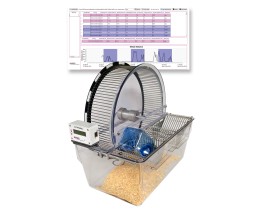



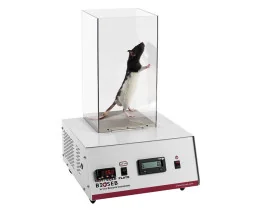
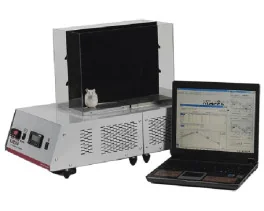




![Dynamic Weight Bearing 2.0 – Postural Module [Add-on]](https://bioseb.com/733-home_default/dynamic-weight-bearing-20-add-on-postural-module.jpg)







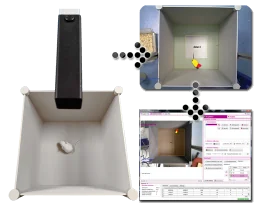


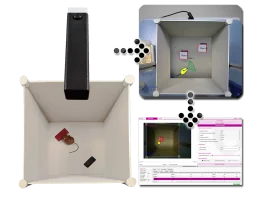





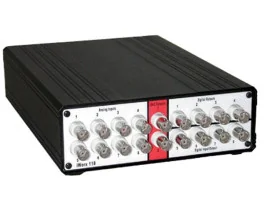

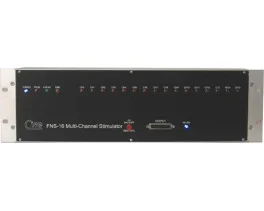



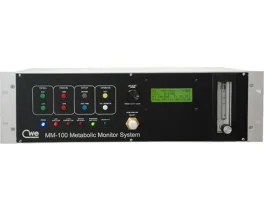

 Pain
Pain Central Nervous System (CNS)
Central Nervous System (CNS) Neurodegeneration
Neurodegeneration Sensory system
Sensory system Motor control
Motor control Mood Disorders
Mood Disorders Other disorders
Other disorders Muscular system
Muscular system Joints
Joints Metabolism
Metabolism Cross-disciplinary subjects
Cross-disciplinary subjects CONFERENCES & MEETINGS
CONFERENCES & MEETINGS 